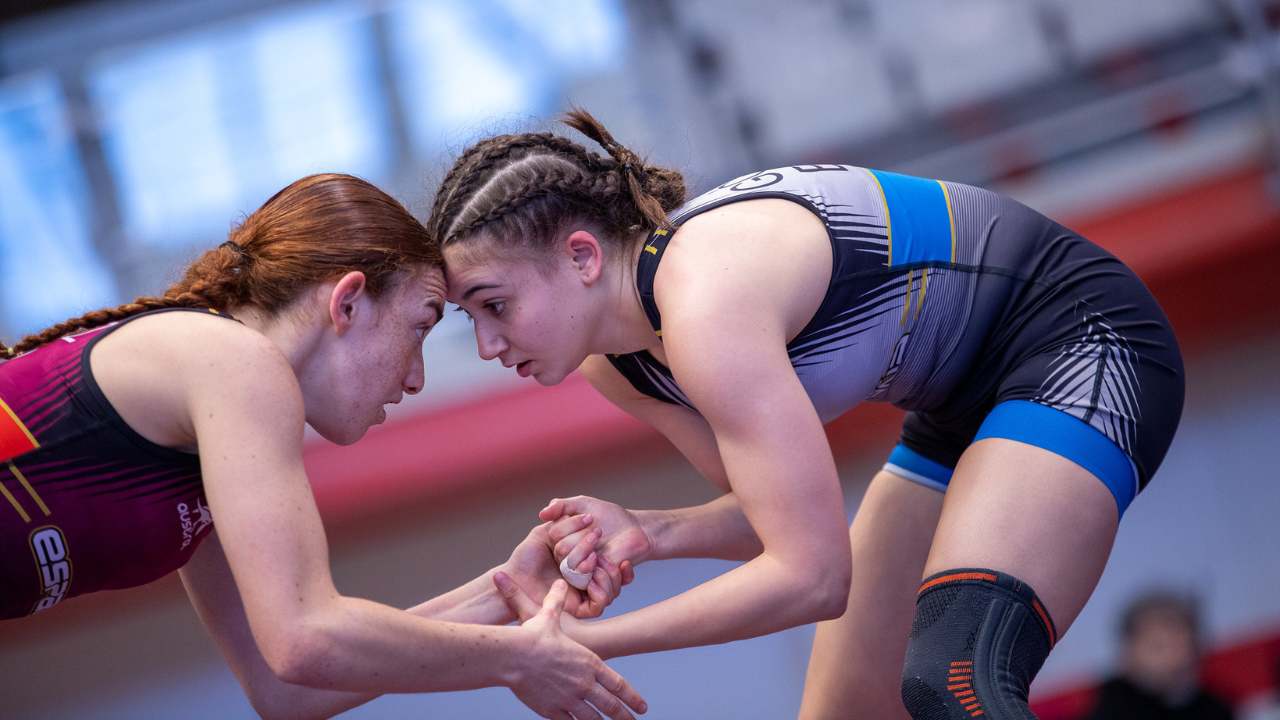Olympic fights
basis
The first known sport in the world, more than 4000 years practicing all over the planet.
Disciplines
It consists of 3 modalities: Women's Wrestling, Men's Wrestling, Greco-Roman Wrestling.
Target
It consists of winning the fight by means of projections to the ground, keeping both shoulders of the rival fixed on the mat.
History

FELUCHA - FELODA History
The first International Federation for the development of wrestling and weightlifting was founded in Duisburg in 1905 by the Deutsche Athleten-Verband (DAV). A committee was then created, composed of the following members: Mr. Monticelli (ITA), the Van Elst brothers (NED), Mr. Koettgen (GER) and Mr. Stolz (GER).
The objective of the Federation was to put the organization of the World Championships in order. The president and great promoter of this sport was Eimar Ranberg in 1912. From this federative structure, the first Spanish Wrestling Federation (FELUCHA) was created in 1932.
At that time, the Federation only included the discipline of Greco-Roman wrestling. Freestyle wrestling did not appear until 40 years later. In 1933, the first Spanish Greco-Roman Wrestling Championship was held, with the Catalan Federation winning.
the first Federation at the regional level that emerged. From that year to 1968, saving the years 1937 to 1940 (both inclusive) in which National Championships were not held.
The hegemony of these Championships is divided between the Federations of Catalonia and Castilla, the former being champion 13 times and the latter 18 times. Starting in 1969, other Federations such as
the Aragonese, Valencian, Canary, Galician and Asturian.
olympic wrestling
In 1970, the International Wrestling Federation changes the
Weight category nomenclature. In that
That same year, the first Spanish Wrestling Championship was held
Free Olympic, being the winner the Aragonese Federation.
Bibliography: Spanish historical heritage of games and sports: Spanish Federation of Olympic Wrestling
Authors: Pablo Giménez, Miguel González, Oscar Guillén and José Higueras 2012
Modalities
The bouts are played on a circular tapestry nine meters in diameter, with two periods of three minutes and a 30-second break. To win, the wrestlers have to keep both of their opponent's shoulders on the mat long enough for it to be verified as a hit by the judges. If no hit occurs during the bout, the decision is based on the points awarded to the wrestlers. wrestlers by putting their opponent in danger, or performing checks onto the mat. In Greco-Roman wrestling, the match can also end when there is a difference of eight points. In wrestling, out of ten.
One, two, four or five points can be awarded to a fighter depending on his performance. For example, a point is awarded for moving the opponent out of the 9-meter competition circle; two for knocking down or causing it to touch the opponent's back on the mat; four points for knocking down an opponent by means of a projection; and five points for knocking him down with wide-range projections and instant hit. Greco-Roman wrestling it involves many dynamic skills, such as when throwing with the upper body, and is a fascinating discipline for its raw strength. Wrestling is based on the imbalance of an opponent through leg attacks, throws and techniques through one leg or two legs plus Greco-Roman techniques such as the famous suplés.
With so many scoring options, tactics and strategy are essential for fighters, so the fights often remain very competitive even in the last seconds, as athletes often launch attacks and throws even in the last seconds.
Women's wrestling
Women's Wrestling or Women's Wrestling is the female modality of Olympic Wrestling or Wrestling in which each participant tries to defeat their rival without the use of blows. The objective is to win the match by making the opponent fall to the ground and keeping both shoulders fixed on the mat, long enough for the referee to make sure of it, or winning by scoring by evaluating the techniques and actions achieved on the adversary The term "free" that names the modality refers to the fact that, unlike Greco-Roman wrestling where you cannot actively use your legs or attack those of your rival, in wrestling the legs are one more element of attack and defense. . In other words, there are no restrictions.

Wrestling
Men's Wrestling. It is a modality in which each participant tries to defeat his rival without the use of blows. The objective is to win the match by making the opponent fall to the ground and keeping both shoulders fixed on the mat, long enough for the referee to make sure of it, or winning by scoring by evaluating the techniques and actions achieved on the adversary being able to use the upper and lower extremities (Arms and legs) to exert grips, sweeps, hooks, tackle or take downs (Grips of one or two legs) to take the rival to the mat.

Greco-Roman fight
Greco-Roman wrestling is a sport in which each participant tries to defeat his rival with braces and projections using only the upper part of the body. The objective is to win the fight by making the opponent fall to the ground and keeping his two shoulders fixed on the mat or winning by scoring by evaluating the techniques and actions achieved on the opponent. The active use of the legs in the attack is prohibited, as well as attacking the opponent's legs.
